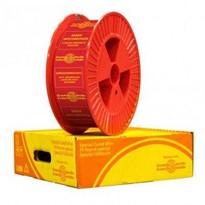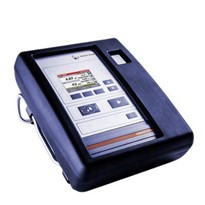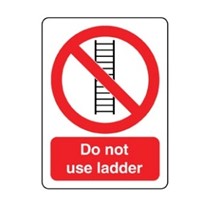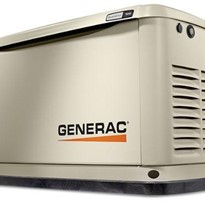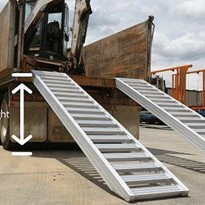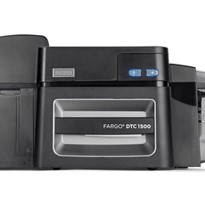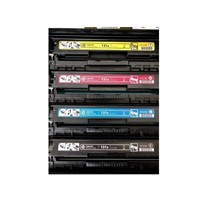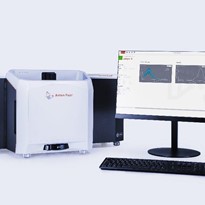The most popular ID card size is the CR80, commonly referred to as “Credit Card Sized”. Other plastic card formats include oversized cards used primarily in events where visibility from a distance is essential.
More than 90% of card applications use the standard CR80 Card for ID, Membership and Financial Cards. This page relates to standard ID cards. Please visit the following linked articles if you are looking at specialty cards for a specific application like “Food Label Tags” or “Oversizes Event Badges“.
For many years traditional plastic card printers were limited to card variations that were not significantly different to the CR80, including CR79, CR90, and CR100 Cards.
It is important to note the CR standard for card sizes predominantly focus on the Height and Width (inches) of the card and not its thickness. Metric (nearest mm) measurements provided for relevance to the Australian market.
Despite a more modern International Standard definition being available (ISO/IEC 7810 Identification cards), cards are still commonly referred to by their CR reference.
CR80 Card – Measurement: (2.125” x 3.375″) or 54mm x 86mm
The CR80 is the universal card-sized due to its convenience and easy to handle form factor. The CR80 uniformly fits most wallets and purses, driving the CR80 to dominate the everyday use as credit cards, membership cards, drivers licenses and national ID cards.
CR70 Card – Measurement: 2.051″ x 3.303″ (52mm x 84mm )
The CR79 is slightly smaller than a credit card, often a self-adhesive card used with “Clam Shell” style Access Control cards. Using Adhesive CR 79 cards made the often expensive Access Control cards re-usable by removing the adhesive card. Also, it served as one of the few options to personalise those cards, as their thickness meant they could not be printed reliably in a card printer.
Note: Not all card printers can print to this size card. If you choose to use CR 79 adhesive cards for your printing application, check to see if your printer supports it; otherwise, CR 80 adhesive cards are a common alternative to the CR79.
CR90 Card – Measurement: 3.63” x 2.37” (92mm x 60mm)
Not widely used in Australia, the CR90 card was a standard used for drivers licenses at one point. The more common CR80 has replaced many of those cards.
CR100 Card – Measurement: 3.88” x 2.63” (98.5mm x 67mm)
The CR100 is a larger card initially used as a military ID card in the US. Due to historic demand from the US defence and other government departments, some printer manufacturers produce printers to print cards this size. However, with the convenience and popularity of the CR80 increasing, this larger sized card has been phased out in most ID applications outside of Event style applications.
Card Thickness
With these card sizes, a variation of card thicknesses is typically available for different applications. In US cards, thickness is measured in “Mil” (millionths of an inch). The word “Mil” can be confusing as card thickness uses mm in Australia. The standard card thickness is 30 Mil or (.76mm), with 10 Mil (.25mm) and 20Mil (.5mm) also being common in adhesive and some specialty cards.
There is a Modern Standard for Card Size that is beginning to supercede the CR range of sizes. See more information at IOS IEC 7810.The CR79 is slightly smaller than a credit card, often a self-adhesive card used with “Clam Shell” style Access Control cards. Using Adhesive CR79 cards made the often expensive Access Control cards re-usable by removing the adhesive card. Also, it served as one of the few options to personalise those cards, as their thickness meant they could not be printed reliably in a card printer.










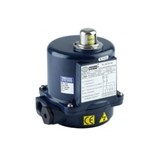



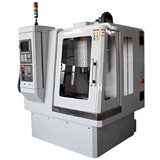

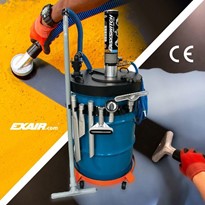
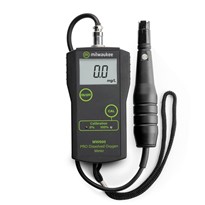


-205x205.jpg)
